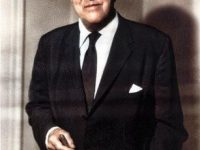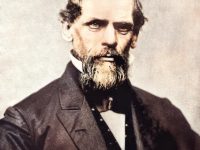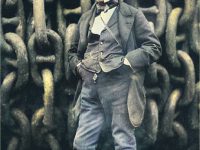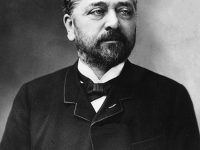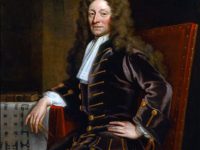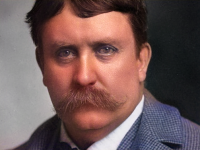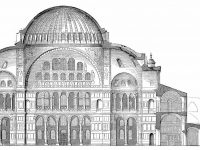The Architectural Work of Le Corbusier
On October 6, 1887, Swiss-French architect, designer, painter, urban planner, and writer Charles-Édouard Jeanneret, known as Le Corbusier, was born. Le Corbusier was one of the pioneers of what is now called modern architecture. Dedicated to providing better living conditions for the residents of crowded cities, Le Corbusier also was influential in urban planning. “Architecture is the masterly, correct and magnificent play of masses brought together in light.” — Le Corbusier, Vers une…
Read more


